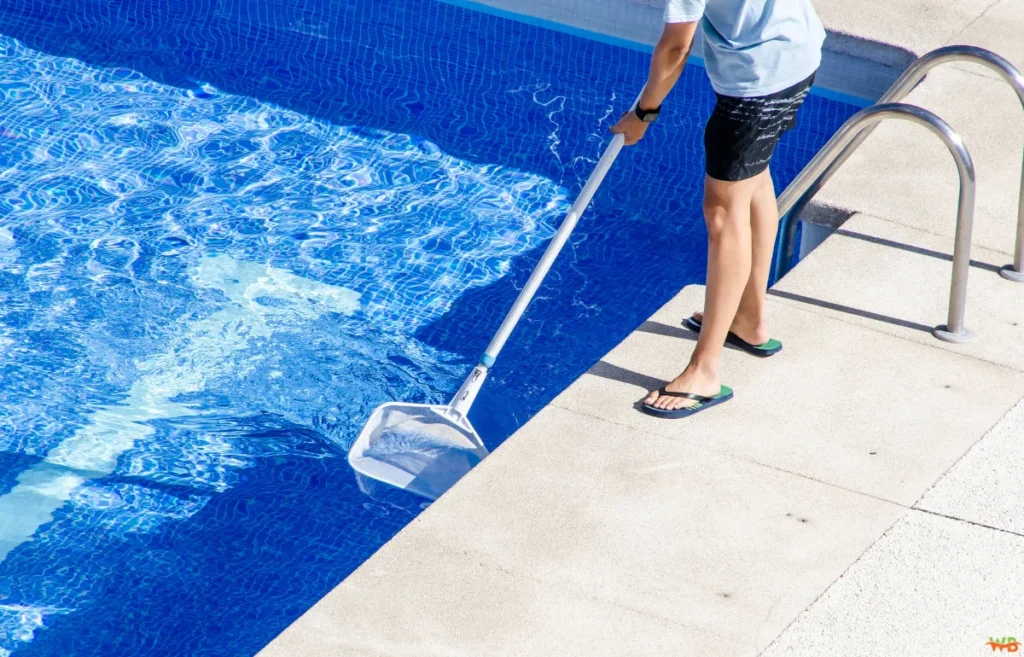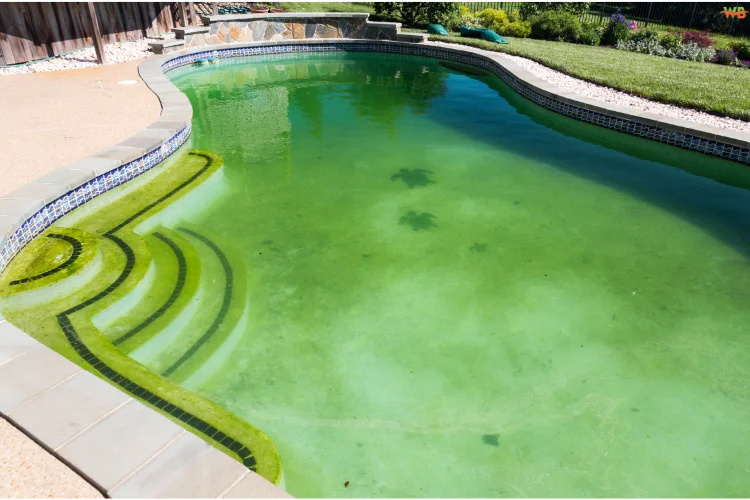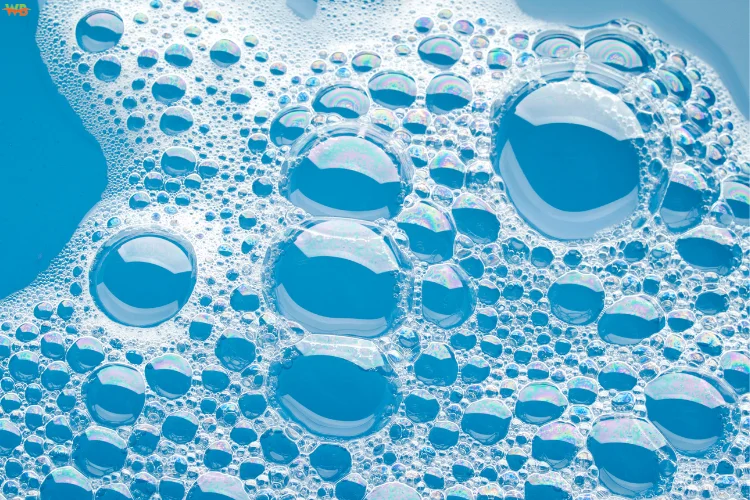
Owning a swimming pool provides endless enjoyment, but maintaining crystal-clear water can sometimes be a challenge. Water quality issues are common, but with the right knowledge and tools, you can quickly resolve them and keep your pool in top condition. Whether you use a custom-built pool or one of the many pool kits Canada has to offer, this guide will help you tackle the most frequent pool water problems and how to fix them.
Cloudy Water: Why Does It Happen?
A common challenge for pool owners is dealing with cloudy water. It can be caused by poor filtration, imbalanced chemicals, debris, or environmental factors like rain and excessive sun exposure.
Solution:
Begin with cleaning your filter to ensure good circulation, and then test the pH, chlorine, and alkalinity levels, making necessary adjustments. A shock treatment using a pool clarifier can help clear the water by breaking down contaminants. Regular skimming and vacuuming will also prevent debris from accumulating.
Algae Growth: The Green Pool Nightmare
Algae can quickly take over a pool, turning the water green, yellow, or even black. It thrives in warm, stagnant water and can be caused by low chlorine levels, poor circulation, or lack of regular maintenance.
Solution:
To eliminate algae, first, brush the pool walls and floor to loosen any buildup. Use a pool shock treatment with a strong chlorine dose to kill the algae, and follow up with an algaecide to prevent future growth. Ensure the pump is running for a minimum of 8-12 hours per day for proper circulation of the water.
Imbalanced pH Levels: How They Affect Skin and Eyes

A pool with imbalanced pH can cause discomfort, scaling, or corrosion. A high pH level (above 7.8) can lead to cloudy water and scaling on pool surfaces, while a low pH (below 7.2) can cause irritation to swimmers’ skin and eyes.
Solution:
Test the pool’s pH level with a testing kit. If the pH is above the desired range, lower it with a pH reducer like muriatic acid or sodium bisulfate. If it’s below the ideal range, raise it using a pH increaser like sodium carbonate. Keeping the pH between 7.2 and 7.8 will provide a comfortable and safe swimming environment.
Chlorine Odor: Too Much or Too Little?
A strong chlorine smell in the pool doesn’t mean there’s too much chlorine, it often indicates the presence of chloramines, which form when chlorine binds to contaminants like sweat and oils.
Solution:
The best way to eliminate chloramines is by shocking the pool with a high dose of chlorine to break them down. Ensure proper filtration and aeration to prevent the buildup of unwanted compounds.
Metal Stains and Water Discoloration
Brown, green, or reddish stains on pool surfaces can be caused by metals like iron, copper, or manganese in the water. These metals often come from well water or corroded plumbing fixtures.
Solution:
Use a metal sequestrant to bind with the metals and prevent staining. If stains are already present, a specialized stain remover can help. Regular water testing and balancing can help prevent the excessive buildup of metals in your pool.
Foamy Water: A Sign of Contaminants

Foam in pool water is usually caused by the presence of lotions, oils, soaps, or excessive algaecide use. This creates a buildup of organic contaminants that affect water clarity.
Solution:
Reduce foam by using an enzyme-based pool cleaner to break down oils and lotions. Avoid overusing algaecides, and ensure bathers rinse off before entering the pool. Running the pool filter and skimming the surface will also help remove excess foam.
Conclusion: Keeping Your Pool Water Crystal Clear
Keeping your pool well-maintained guarantees a safe and fun swimming environment. Regular water testing, cleaning, and proper filtration will help prevent common issues from occurring. Whether you’re using one of the top-quality pool kits Canada offers or managing an existing pool, following these simple maintenance steps will keep your pool water clear and inviting all season long.

Ton Roobprom is an experienced writer focused on practical advice across technology, business, travel, beauty, lifestyle, and home improvements. He specializes in distilling complex subjects into clear, actionable insights to help you enhance your daily life.
Discover more from Wellbeing Junction
Subscribe to get the latest posts sent to your email.

